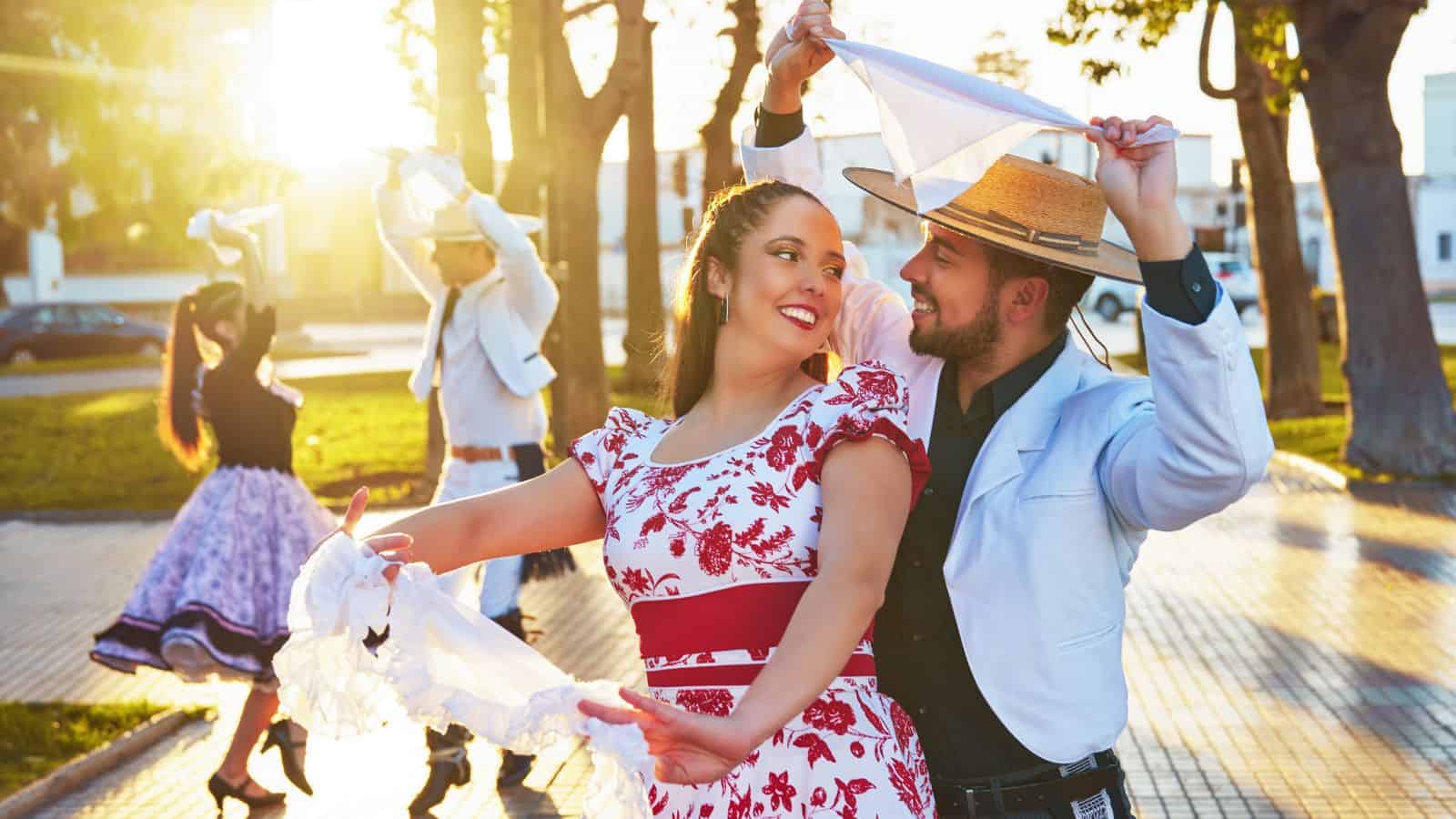During the 1960s, people took up a wide range of hobbies as a way to socialize, gain knowledge, and express themselves through creative skills. The boomer generation will probably remember these 18 strange hobbies and maybe even had a go at them themselves throughout the decade.
Soap Box Derbies

These races first became popular in the Great Depression, but the hobby continued into the ‘60s when children and their parents would build cars and race them down hills. It was a team effort, and competitors had to use their knowledge of physics and engineering to build the fastest car.
UFOlogy

The start of the Cold War and the Space Race created huge interest in UFOs, and sightings were regularly reported, including the 1961 Betty and Barney Hill abduction. Groups such as NICAP (National Investigations Committee on Aerial Phenomena) were formed to investigate the sightings and learn more about extraterrestrial life forms.
Tie-Dye

According to Vox, “In the United States, tie-dye is closely associated with the 1960s counterculture—Woodstock, the Grateful Dead, psychedelia—and for those who came of age in the ensuing decades, with childhood craft projects.” Easily done at home, you have to twist, crumple, or fold the fabric before adding colorful dyes.
Vinyl Collecting

Many iconic albums were released on vinyl in the 1960s, including the likes of The Beatles’ ‘Sgt. Pepper’s Lonely Hearts Club Band and Bob Dylan’s ‘Highway 61 Revisited.’ It was a social event to gather and listen to new albums that you or your friends had bought, and the charm of vinyl is still popular today.
Building Model Kits

Another popular hobby was building models from kits such as cars, airplanes, and ships. Companies like Revell and Monogram produced a huge variety of kits, and it became a way to gather socially as people would compete or spend time showcasing their builds.
Collecting Lunch Boxes

Characters from TV shows such as ‘The Flintstones,’ ‘Star Trek,’ and ‘Superman,’ along with other pop culture icons, were plastered across metal lunchboxes in the ‘60s. Later on in the decade, the metal boxes began to be replaced with plastic, as they were cheaper to make and didn’t have sharp corners.
Go-Go Dancing

Popularized by dancers in clubs and on TV shows, go-go dancing was high energy, and dancers usually wore short, fringed skirts. This had a big influence on the fashion of the time, and go-go boots and mini skirts became an iconic image of the 1960s.
Miniature Golf

Miniature golf became really popular in the 1960s, and Flashbak says, “Courses were popping up all over the U.S., and there was even a Miss Putt-Putt beauty pageant.” During this time, the courses become more elaborate, often with a theme to attract families or young couples.
Bonsai Trees

Originally a Japanese craft, growing bonsai trees became fashionable in the United States during the 1960s. The art required skill, patience, and a good understanding of the tree species you wanted to grow. This led to many people forming clubs where they could share knowledge and their work with others.
Amateur Radio

During the 1960s, radio enthusiasts began to build their own radios in order to communicate with others across the globe. While it was a hobby, it was also a vital communication link during emergencies, and operators used the technology to give out important information after disasters.
Sea Shell Collecting

Beach holidays became a lot more accessible for the average family during the 1960s, and as a result, sea shell collecting became a fun way to pass the time. Some would create jewelry, home decor, or artwork with their collected shells. Others would study and categorize the shells, helping marine biologists learn more about sea life.
Roller Skating

Roller skating rinks were popular social hubs, and people used them to gather with friends and exercise. There were a variety of styles, such as speed skating, roller hockey, and dance skating. How Stuff Works says during the 1960s, “Plastics innovations led to the roller skates’ next big thing: plastic wheels that were lighter, faster and more durable.”
Whittling and Wood Carving

Used to relax, wood whittlers carved shapes out of raw wood by using just a knife. Wood carving was slightly different, as carvers used a range of tools and often created larger sculptures or functional pieces such as furniture. Both crafts became popular for their therapeutic benefits.
Home Movie Making

A range of affordable video cameras, including 8mm and Super 8s, were available for consumers in the 1960s and made home movies much more accessible. This allowed families to capture holidays, birthdays, and other events, as well as video enthusiasts to create amateur films.
Metal Detecting

Portable metal detectors were invented in the mid-1960s, and this meant hobbyists could head out on trips in search of buried treasures and historical artifacts. Many clubs were formed during this time, where members could share tips, plan group hunts, and display their finds.
Slot Car Racing

A bit of a craze throughout the 1960s, slot car racing was popular with hobbyists, who worked to customize cars and tracks for friendly meet-ups and national competitions. According to Hagerty, “At its peak, the hobby generated a half billion dollars a year in sales, with as many as 3000 raceways in the United States.”
Square Dancing

There was a big fascination with Americana and traditional folk activities in the 1960s, and square dancing formed part of this interest. Clubs and community centers hosted dance nights with live music, and dancers wore period costumes. There were also a number of regional and national competitions.
Zine Making

Homemade zines were a big part of the counterculture scene, as they used various forms of art to showcase topics that the mainstream media avoided. Usually made up of text, collages, and hand-drawn illustrations, the zines were self-published and often handed out at concerts or alternative bookshops.
